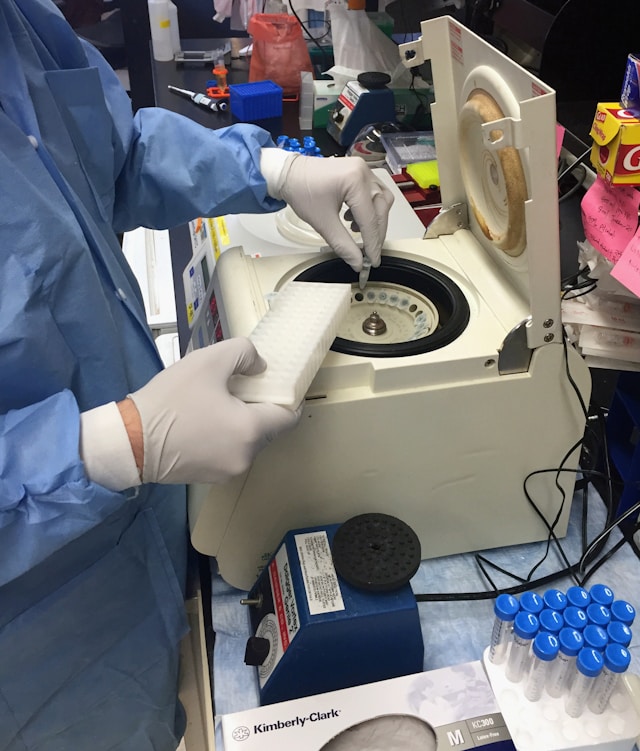Introduction
Gel centrifugation is a cornerstone technique for separating, purifying, and concentrating microbial samples. By applying high relative centrifugal force (RCF), it enables scientists from 10th‑grade biology students to seasoned professionals to rapidly isolate cells, viruses, and macromolecules with precision.
Principles of Gel Centrifugation
- Density Gradient Formation: A density gradient gel (e.g., sucrose or Percoll) creates layers that separate particles based on buoyant density.
- Relative Centrifugal Force (RCF): Modern bench‑top centrifuges can generate up to 21,000 × g, while ultracentrifuges reach 100,000 × g.
- Stokes’ Law: Sedimentation rate is proportional to particle size and density, and inversely proportional to medium viscosity.
Key Uses in Microbiology Laboratories
- Virus Purification: Gradient gels help obtain high‑titer viral stocks for vaccine research.
- Plasmid Isolation: Separates supercoiled plasmids from genomic DNA and proteins.
- Cell Fractionation: Differential centrifugation isolates nuclei, mitochondria, and ribosomes for proteomics.
- Environmental Microbiology: Concentrates bacteria from water or soil samples for downstream qPCR.
Maintenance Best Practices
- Balance tubes within 0.1 g to prevent rotor damage.
- Inspect O‑rings weekly and replace every 12 months.
- Decontaminate rotors with 70 % ethanol after each run to reduce biohazard risk.
- Calibrate speed annually; a ±50 rpm deviation can reduce separation efficiency by 8 %.
Statistics and Market Trends
According to Polaris Market Research, the global laboratory centrifuge market was valued at USD 1.70 billion in 2024 and is projected to grow at a compound annual growth rate (CAGR) of 5.6 % between 2025 and 2034, reflecting the rising demand for rapid microbial diagnostics.
Conclusion
Whether you are preparing a science‑fair project or optimizing a clinical workflow, mastering gel centrifugation unlocks faster, more reliable microbial analyses. Routine maintenance ensures longevity, safety, and consistent performance.
References
- Microbe Notes – Centrifuge: Principle, Parts, Types, and Applications
- Lab Manager – Centrifuge Maintenance and Safety
- Polaris Market Research – Laboratory Centrifuge Market Size


